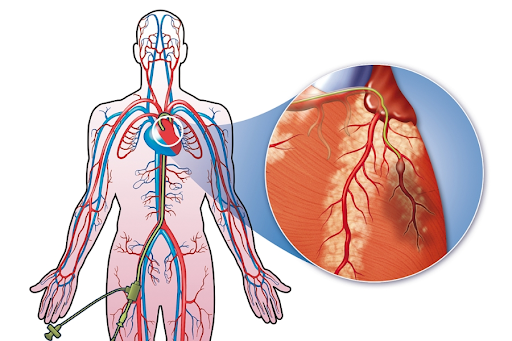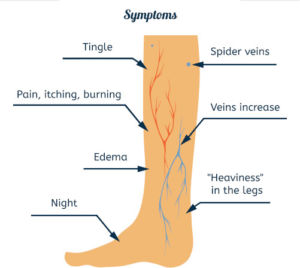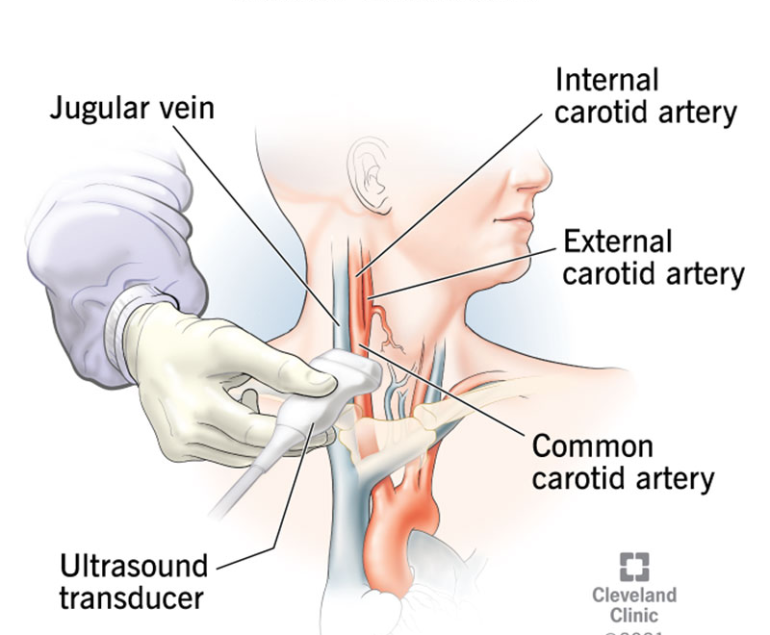A nuclear cardiac stress test, also known as myocardial perfusion imaging (MPI) or nuclear stress test, is a diagnostic imaging test used to assess blood flow to the heart muscle and detect areas of reduced blood supply or ischemia. It involves combining a stress test, either with exercise on a treadmill or pharmacological stress induced by medication, with the injection of a radioactive tracer that can be detected by a gamma camera.
Procedure
During a nuclear cardiac stress test, the patient undergoes two sets of imaging: one at rest and one during stress. The stress portion of the test can be induced by either exercise (treadmill stress test) or pharmacological agents such as adenosine, dipyridamole, or dobutamine. The patient’s heart rate, blood pressure, ECG, and symptoms are monitored throughout the test.
For the exercise portion, the patient walks or runs on a treadmill while their heart rate is gradually increased. For the pharmacological stress portion, the patient receives an intravenous infusion of the medication, which dilates the coronary arteries and simulates the effects of exercise on the heart.
During both stress and rest imaging, the patient receives an injection of a radioactive tracer, such as technetium-99m sestamibi or technetium-99m tetrofosmin. The tracer is taken up by the heart muscle in proportion to blood flow. The gamma camera detects the radioactive emissions from the tracer and creates images of the heart at rest and during stress.
Uses of Nuclear Cardiac Stress Test
Nuclear cardiac stress tests are used for various diagnostic and prognostic purposes, including:
- Diagnosing Coronary Artery Disease (CAD): Nuclear stress tests can detect areas of reduced blood flow to the heart muscle, which may indicate blockages or narrowing of the coronary arteries.
- Assessing Ischemia: Nuclear stress tests help assess the presence and extent of ischemia (reduced blood supply) in the heart muscle, which can indicate the severity of CAD and guide treatment decisions.
- Evaluating Viability: Nuclear stress tests can assess myocardial viability (the ability of heart muscle to recover function) in areas with reduced blood flow, helping determine the potential benefits of revascularization procedures such as angioplasty or bypass surgery.
- Risk Stratification: Nuclear stress tests help identify individuals at increased risk of adverse cardiovascular events, such as heart attack or sudden cardiac death, based on the extent and severity of ischemia.
Advantages of Nuclear Cardiac Stress Test
Nuclear stress tests offer several advantages over other stress testing modalities, including:
- Quantitative Assessment: Nuclear stress tests provide quantitative measures of myocardial perfusion and blood flow, allowing for accurate assessment of ischemia and CAD severity.
- High Sensitivity and Specificity: Nuclear stress tests have high sensitivity and specificity for detecting CAD and ischemia, making them valuable diagnostic tools in cardiology.
- Objective Imaging: Nuclear stress tests provide objective imaging of myocardial perfusion, which can help overcome limitations of other stress testing modalities, such as false-positive or false-negative results.
Risks and Considerations
Nuclear cardiac stress tests are generally safe, but they carry some risks, including:
- Radiation Exposure: Nuclear stress tests involve exposure to ionizing radiation from the radioactive tracer, which carries a small risk of radiation exposure.
- Adverse Reactions: Rare adverse reactions to the radioactive tracer or pharmacological stress agents may occur, including allergic reactions or side effects such as chest pain, shortness of breath, or palpitations.
- Interpretation Challenges: False-positive or false-negative results can occur, leading to incorrect diagnoses or inappropriate treatment decisions.
Conclusion
Nuclear cardiac stress testing is a valuable diagnostic tool in cardiology, providing comprehensive assessment of myocardial perfusion and blood flow under stress conditions.
When performed and interpreted correctly, nuclear stress tests can help diagnose CAD, assess ischemia, guide treatment decisions, and improve patient outcomes.
Cardiac stress imaging is a noninvasive modality used in evaluating coronary artery disease, myocardium viability, and exercise capacity. This helps in evaluating and treating patients who undergo workup for coronary artery disease and other cardiac functional abnormalities.




